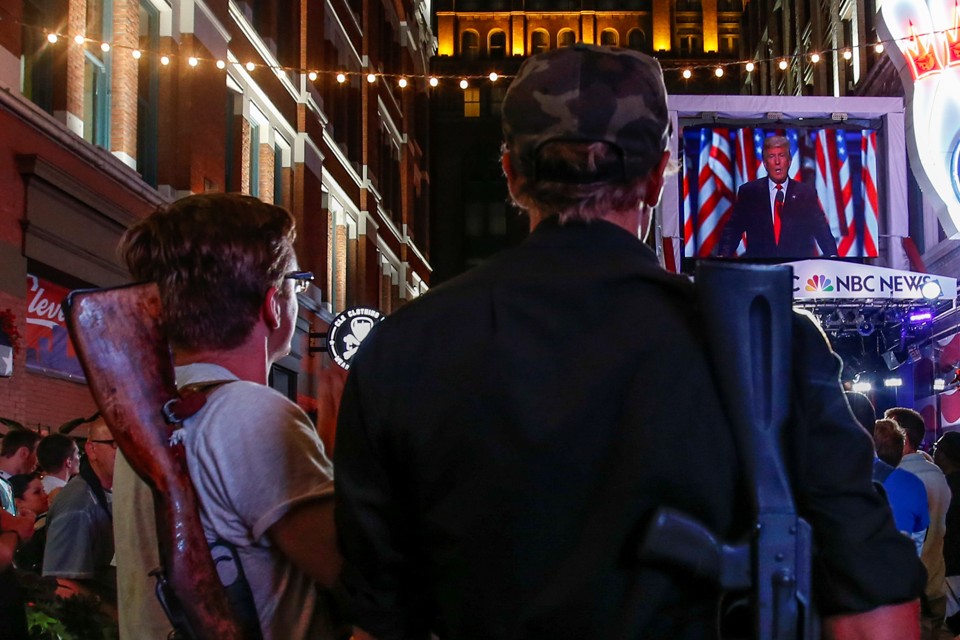It’s become a common refrain of late to say that we live in “dark times.” The world seems to grow inexorably more dangerous and unstable with each passing day. This impression is based in part on the constant stream of news stories about mass shootings, terrorist attacks, and the killing of innocent civilians by police. But as Derek Thompson writes in The Atlantic, the built-in dynamics of news reporting can often give us a misleading impression of the state of the world. While the news may always be bad, in certain respects “the world” is decidedly less dangerous than its ever been. Here’s an excerpt from Thompson’s article:
A new paper by the economists William N. Goetzmann, Dasol Kim, and Robert J. Schiller blames this pessimism on the minds of news audiences. They point out that the press is more likely to report steep market plunges than moderate gains and losses. Media coverage of negative events—and frequent predictions that they will recur—leads many observers to think that crashes are often right around the corner, when in fact, they are almost always far away. These investors’ fear isn’t rational. It is warped by what researchers call the “availability bias,” which gives more weight to information that is top-of-mind, which often begins with cable-news reports that are top-of-the-hour.
The implications of this man-bites-dog bias extend to Americans’ feelings of safety as well. Since September 11, 2001, fewer than 100 people have died in jihadist attacks in the United States, according to the New America Foundation, a think tank. That’s about the same number of deaths from motor-vehicle accidents every day. But terrorism feels menacing and personal in a way that even a six-car-pileup does not, and so it receives disproportionate coverage. In December 2015, Americans named terrorism the country’s most important problem.
This effect is more complicated when the press begins to report on dramatic events that it previously ignored. For example, media coverage of gun violence has increased in the last few years, particularly when it comes to police shootings of black men. This has created an impression that race relations and gun violence have never been worse. Donald Trump’s speech at the Republican National Convention harped on the escalating violence against police officers and ordinary Americans. The broader truth is that, under Reagan, police fatalities per year were about 60 percent higher than they are today, and homicide rates have been falling for two decades. White Americans are uniquely despondent about race; 32 percent of white Americans think Obama has made race relations worse, while just 5 percent of black Americans think so. One plausible explanation for this gap is that, because of social media and redoubled attention from mainstream news outlets, white Americans are finally seeing the institutional racism that black Americans have known their whole life.
Image via The Atlantic.
